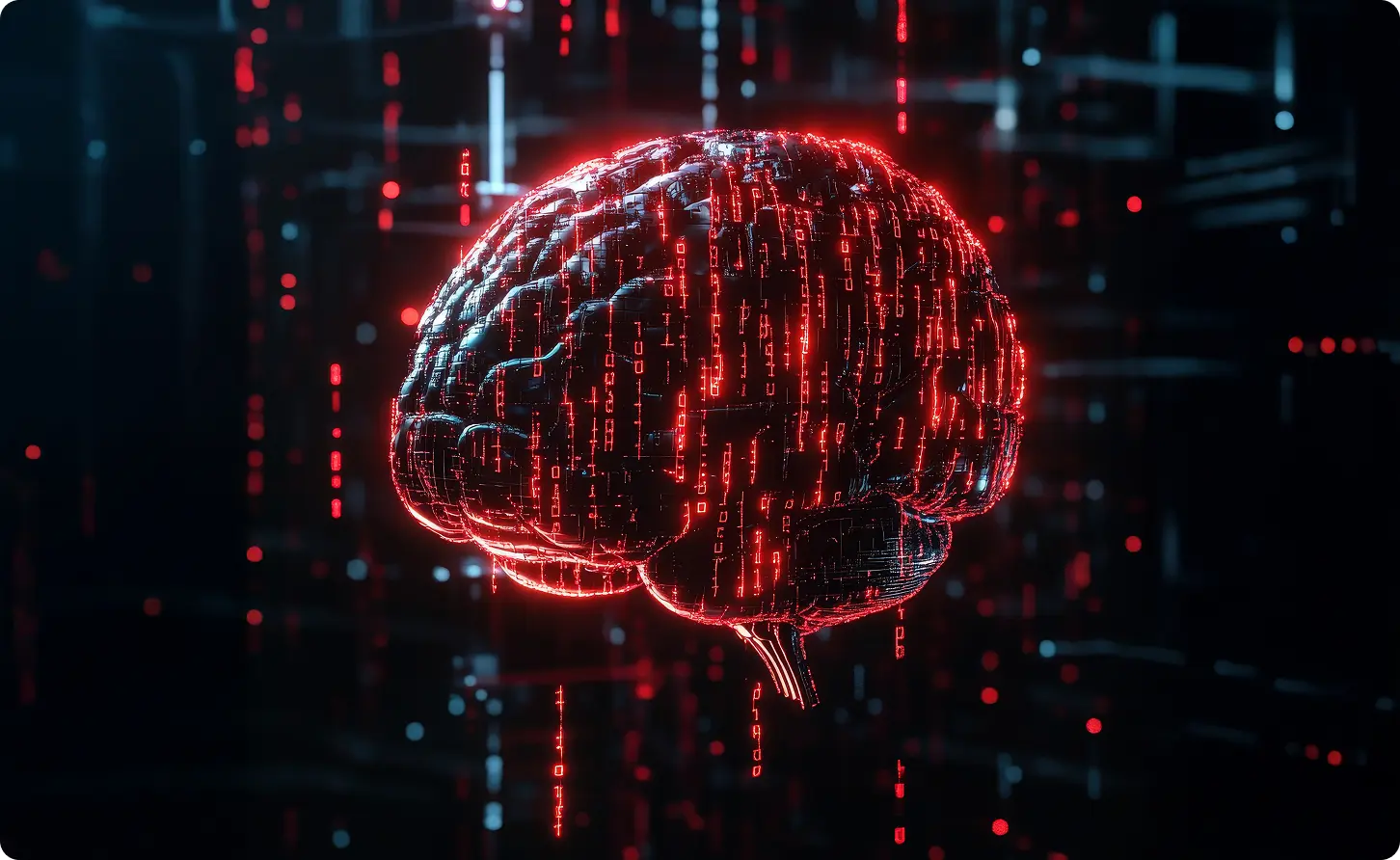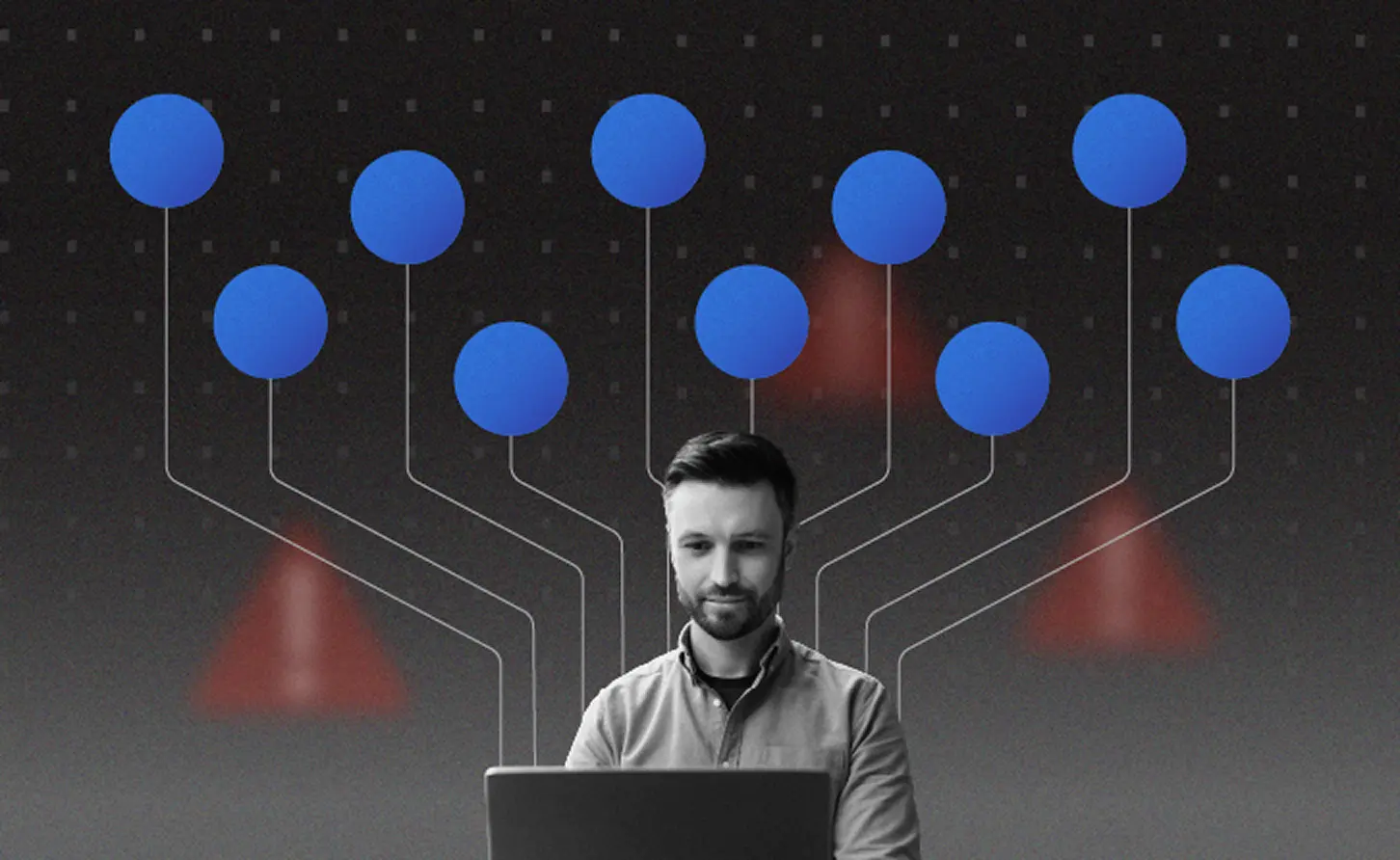Artificial intelligence (AI) has rapidly become a life partner, transforming the way people obtain information, and boosting creativity and productivity. For organizations, AI has transformed various sectors by offering unprecedented efficiencies and capabilities. However, this technological advancement has a darker side: cybercriminals increasingly harness AI to develop more sophisticated and effective attack methods. This evolution in cyber threats challenges those striving to protect their digital assets.
The Emergence of AI-Driven Cyber Attacks
Until recently, cyber-attacks required substantial human effort and expertise. With AI, attackers can automate and enhance various stages of their operations, leading to more potent and scalable threats. For instance, AI-driven social engineering attacks use algorithms to research and craft highly personalized phishing messages, increasing the likelihood of deceiving targets. AI-generated tools can identify vulnerabilities in applications, find ways to exploit them, and make real-time updates to increase effectiveness. Hacking a web application usually leads to data theft, but in many cases, is just an entry point for a broader attack campaign.
Case Study: AI-Powered Exploit Discovery and Automated Attack on a Web App
The following scenario demonstrates how AI can be used to find and exploit vulnerabilities in web applications faster than traditional methods, and weaponize AI to launch a zero-day against an e-commerce platform:

- Discovery: The attacker uses an AI-powered code analysis tool to scan a publicly available version of the web app's source code or reverse-engineered components. The AI identifies an insecure direct object reference (IDOR) vulnerability, which could allow unauthorized access to other users' order histories and personal details.
- Code Generation: Instead of manually crafting an attack, the attacker asks the AI to generate a proof-of-concept (PoC) exploit. The AI writes a Python script that automates the exploitation of the vulnerability, making it easy for even a low-skilled hacker to execute.
- Evasion: The attacker enhances the AI-generated script to mimic legitimate user traffic, making it harder for traditional security tools to detect. AI also assists in bypassing WAF rules by testing variations of the exploit until it works undetected.
- Exploit: The attacker extracts customer records, including personal and payment information, and then demands ransom from the company, threatening to leak the data if payment isn't made.
The attack is successful, and the attacker gains access to sensitive data, including customer order histories and personal details. The e-commerce platform is forced to shut down, resulting in significant financial losses and damage to its reputation.
The Impact of AI-Powered Cyber Attacks
This case reinforces the need for proactive AI-driven security solutions that can predict, detect, and respond to AI-generated exploits in real-time.
Conclusion
The weaponization of AI by cybercriminals represents a significant shift in the web application and API security landscape. As AI continues to evolve, so will the tactics malicious actors employ. By understanding the capabilities and applications of AI in cyber-attacks, organizations can better prepare and protect themselves. Organizations must remain vigilant, embracing innovative defense strategies and fostering a culture of continuous learning in this new era of digital threats.
FortiAppSec Cloud, a Fortinet unified web application and API security and delivery platform, leverages AI in different manners to provide continuous, adaptive protection. Built-in machine learning models powered by FortiGuard Labs' data lake of cyber threats monitor HTTP/S traffic to the application to detect and thwart potential threats at maximum accuracy. Not only does it identify zero-day exploits in real time, but it also reduces the rate of false positives to the minimum. In addition, FortiAppSec Cloud applies AI-based behavioral learning methodologies to identify sophisticated, human-like bots. Lastly, the great value of AI in FortiAppSec Cloud is Threat Analytics, a service that utilizes artificial intelligence to correlate unrelated, benign events that add up to a recognizable attack pattern and point security teams to prioritize mitigations based on severity, thus reducing alert fatigue and boosting productivity.







